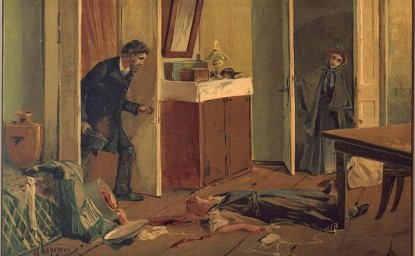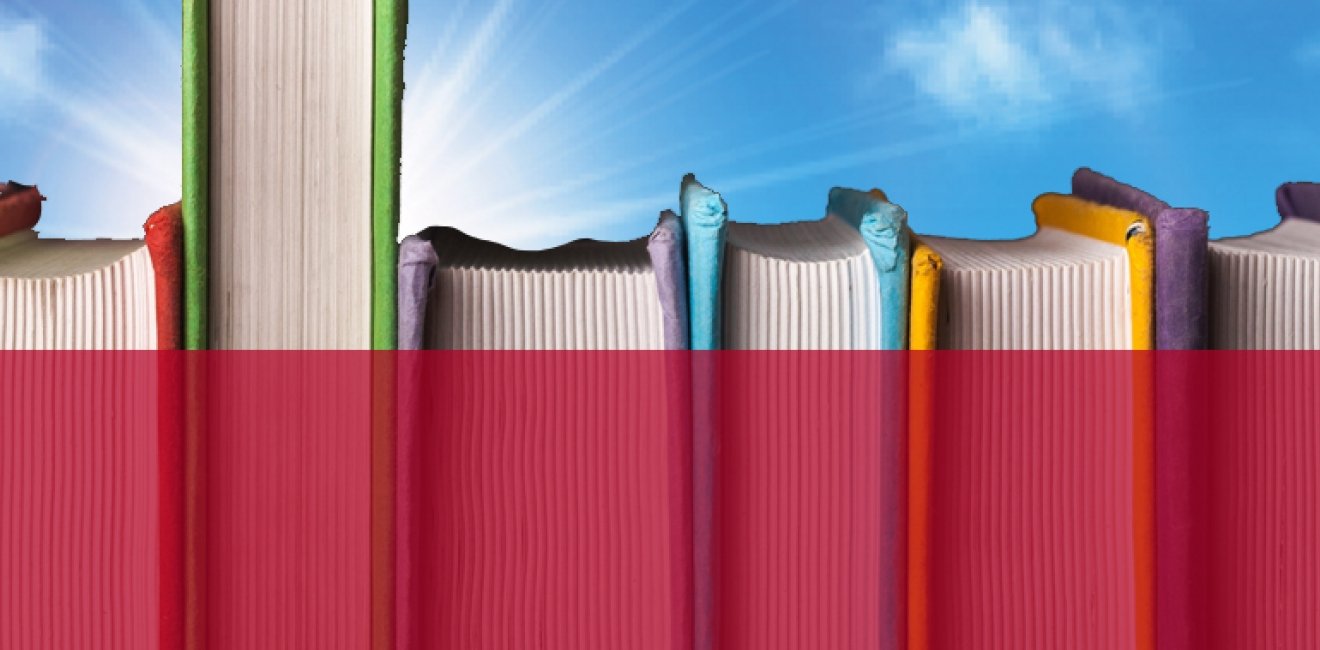The Kennan Institute asked some of our scholars to share part of their 2018 summer reading lists with us. Here are a few of their picks, ranging from social media savviness to the history of the Russian ballet.
Nina Jankowicz, Global Fellow, Wilson Center
The Long Hangover by Shaun Walker. Understanding Russia's past is critical to understanding its present. Shaun Walker, who spent more than a decade as a foreign correspondent in Moscow, unpacks Putin's attempt to return Russia to its historical greatness after the collapse of the Soviet Union through a parade of fascinating characters and accessible prose. Armed with this story of reinvention, Russia's influence operations in Europe and the United States make a lot more sense; it's a book I wish many policymakers in the West would read.
Ten Arguments for Deleting Your Social Media Accounts Right Now by Jaron Lanier. In our current reality, politically inconvenient content is labeled "fake news" and intelligence professionals warn that malign actors are infiltrating our information space, it's equally important to consider the intrinsic ills of the platforms on which we've come to so rely. This book didn't quite get me to pull the trigger and delete my profiles -- and it doesn't quite account enough for the real and necessary business uses of social media in the 21st century -- but it did get me to reconsider how I use them, and how social media companies put my personal information at risk for exploitation by advertisers or foreign adversaries.
Courtney Doucette, Title VIII Research Scholar, Kennan Institute
Plutopia: Nuclear Families, Atomic Cities, and the Great Soviet and American Plutonium Disasters by Kate Brown. Chernobyl is a household name. Richland and Ozersk, the towns built around the first plutonium plants in the United States and Soviet Union, are not. In the course of their lifetimes, however, each released twice as much radioactive material into the environment as the late Soviet nuclear meltdown. By studying these cities and the history of atomic bombs and energy comparatively, Kate Brown shows the mutually interconnected development of nuclear capabilities in these rival Cold War states. She also explores how the two countries offered strikingly similar incentives to motivate workers to make plutonium (middle class life styles and nuclear families) and similarly and knowingly compromised the health of their citizen-workers. A gripping, accessible read, this provocative history makes you think hard about the intersection of science and the state in the nuclear age and the fate of our human bodies at the crossroads.
Fresh Fruit, Broken Bodies: Migrant Farmworkers in the United States by Seth Holmes. As young children remain separated from their parents and housed in kennel-like warehouses throughout the United States, it is timely to consider the history of immigration from Central American to the United States and its relationship to the everyday lives of American professionals. Fresh Fruit, Broken Bodies allows us to do just that. At its heart, the book asks why it is that in order to fortify themselves with healthy fruits and vegetables, Americans are willing to sacrifice the bodies and well-being of immigrant farm workers? Seth Holmes, a physician and anthropologist with a flare for exceptional prose, explores this question by documenting the journey of Oaxacan farmers from southern Mexico to the US. Though written at the peak of NAFTA well before the current rupture in immigration policy, the book shows how many of the biopolitical problems remain the same, including why we’re willing to subject migrants’ bodies to treatment we’d never tolerate. The book’s activist message also remains essential: changing this broken system requires raising consciousness and changing social structures, too.
Natalie Rouland, James Billington Fellow, Kennan Institute
Bolshoi Confidential: Secrets of the Russian Ballet from the Rule of the Tsars to Today by Simon Morrison. In 2013, the artistic director of the Bolshoi Ballet was assaulted in an acid attack (orchestrated by a disgruntled dancer) that made Jennifer Lawrence’s injury in Red Sparrow look minor. Princeton Professor of Musicology Simon Morrison traces 250 years of political scandals, backstage intrigues, and onstage triumphs in his authoritative history of the Bolshoi Ballet. In this comprehensive yet highly-readable tome, Morrison draws on archival materials and private sources to argue that the Bolshoi is a symbol of Russia itself, bound both by beauty and by brutality.
The Icon and the Axe: An Interpretative History of Russian Culture by James H. Billington. Some works never go out of style. Former Librarian of Congress James H. Billington’s quintessential history of Russian culture feels au courant in our current climate of Cold War redux. Not for the faint of heart, Billington’s 880-page analysis of Russian history, religion, and art is as sweeping as it is profound. Pair it with Tolstoy’s War and Peace for the ultimate crash course in Russian culture.

Kennan Institute
After more than 50 years as a vital part of the Wilson Center legacy, the Kennan Institute has become an independent think tank. You can find the current website for the Kennan Institute at kennaninstitute.org. Please look for future announcements about partnership activities between the Wilson Center and the Kennan Institute at Wilson Center Press Room. The Kennan Institute is the premier US center for advanced research on Eurasia and the oldest and largest regional program at the Woodrow Wilson International Center for Scholars. The Kennan Institute is committed to improving American understanding of Russia, Ukraine, Central Asia, the South Caucasus, and the surrounding region through research and exchange. Read more

Explore More
Browse Insights & Analysis
Talking to the Dead to Heal the Living

Mustached Bards: Revisiting Soviet Ukrainian Pop Music

Creating Rules of the Game for Contemporary Ukrainian Theater

